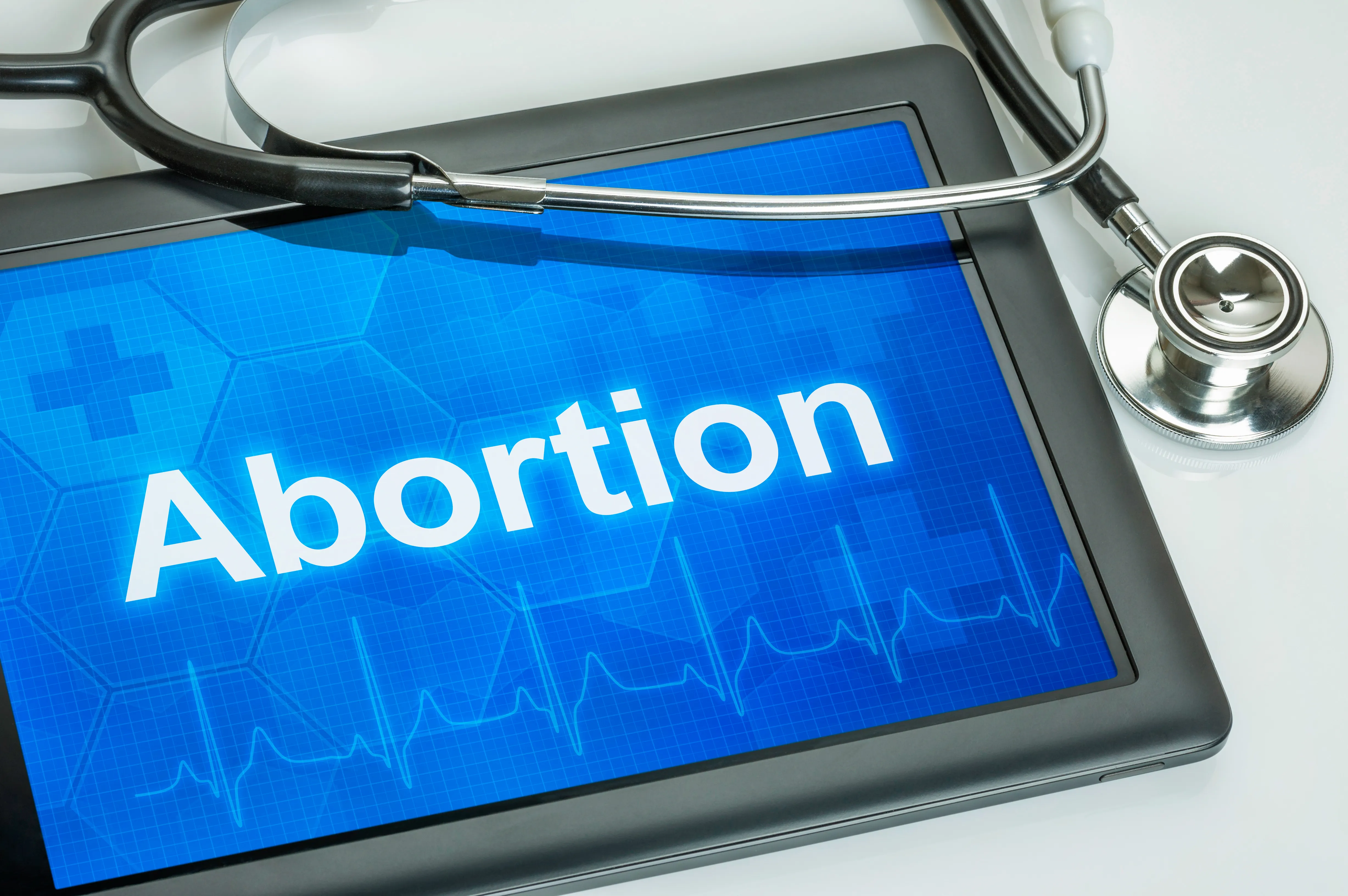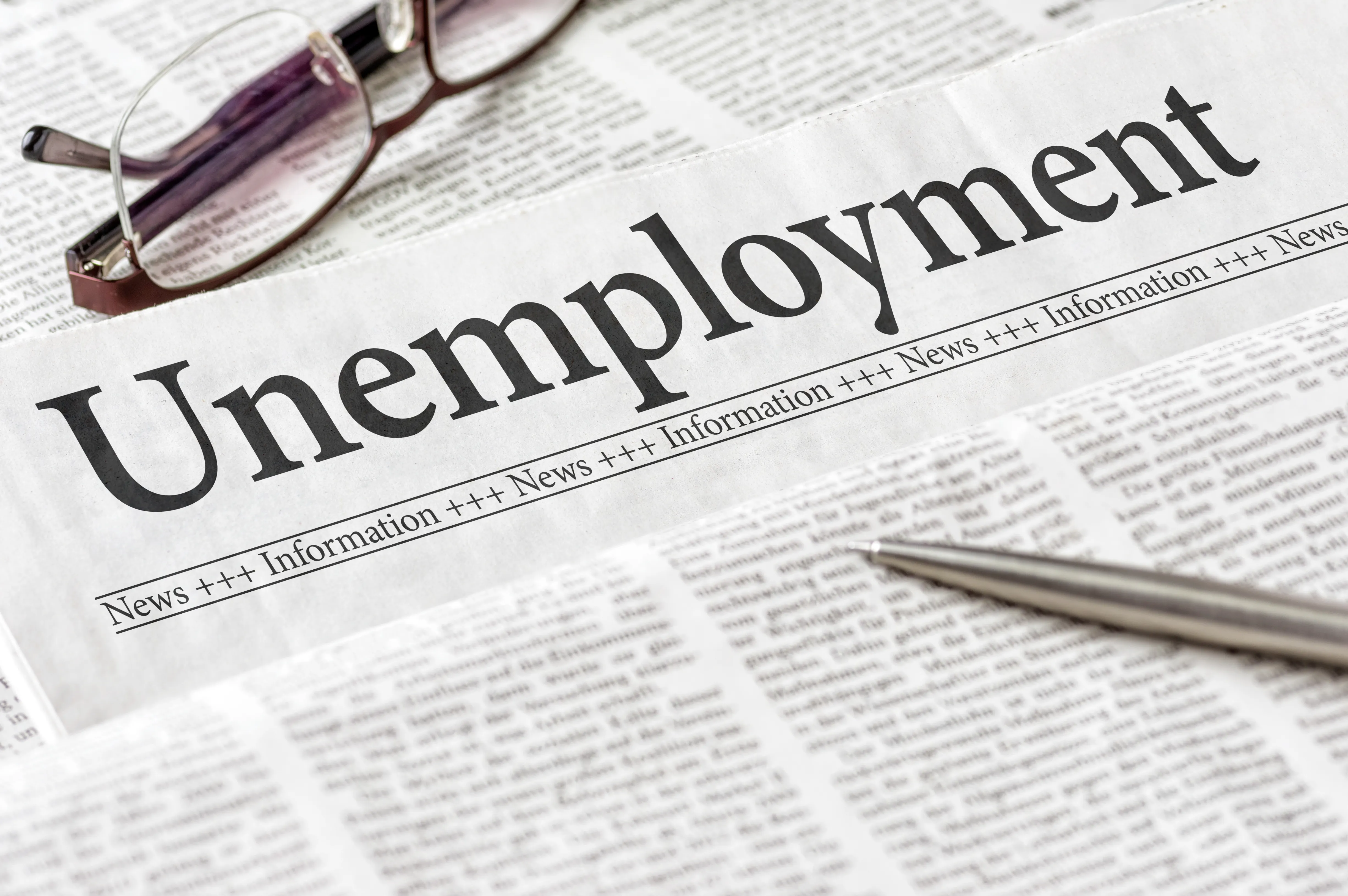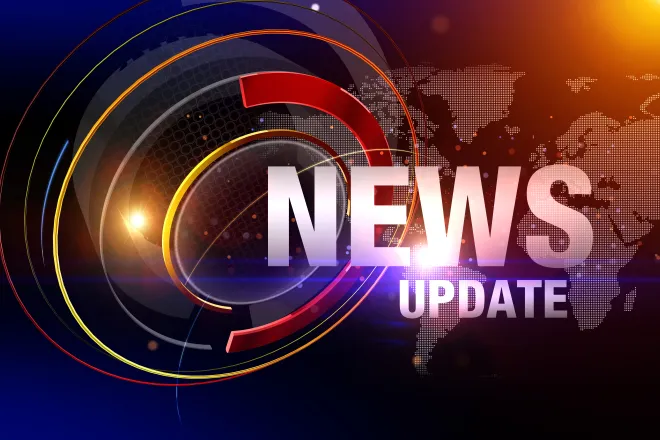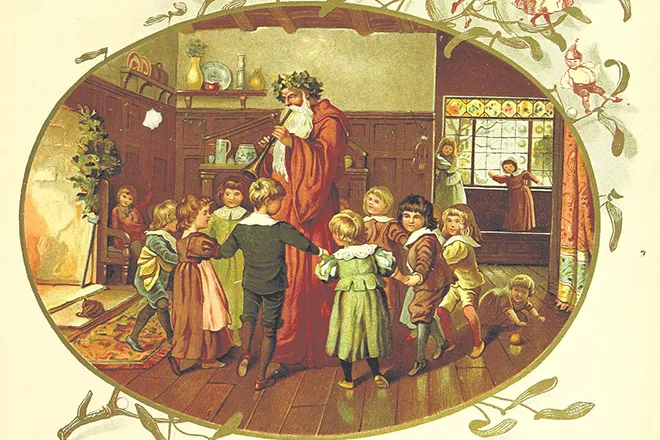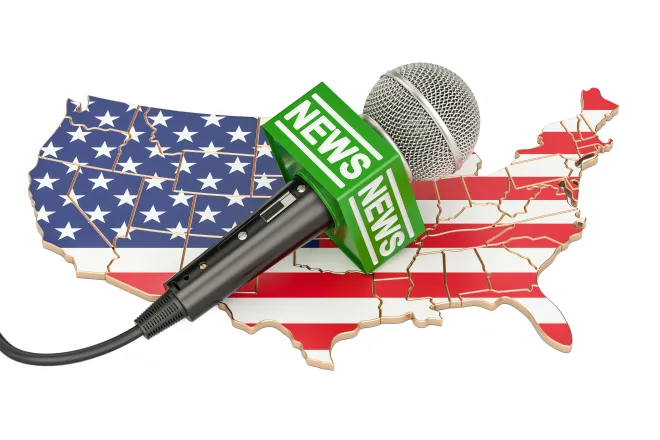
Nebraska’s budget deficit grows by $190 million with less than a month to close the gap
Nebraska’s projected budget deficit for the next two years has grown by $190 million after the state’s economic forecasting board fixed its previous estimates to be more on target.
State lawmakers have less than a month to fill the gap.
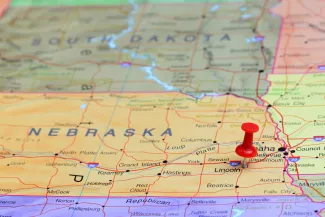
The Nebraska Economic Forecasting Advisory Board on Friday afternoon revised its earlier projections for the final two months of this fiscal year as well as the next two fiscal years that lawmakers are considering in the annual budget-writing process. The budget advanced from the Appropriations Committee on Thursday, without revised projections, at the time with $124 million left to find.
Two measures advanced Thursday to the final stage of lawmaking, related to school retirement and repealing recently passed business incentives, filling that most recent budget hole with $7 million to spare.
That means the $190 million added to the next two fiscal years will nearly all need to be found in spending cuts or new revenue.
Lawmakers will begin debating the Appropriations Committee’s advanced budget bills May 6 and must send them to Governor Jim Pillen by the end of the 80th legislative day: May 15.
The Friday revised projections also increased the budget hole for the current fiscal year by a separate $190 million amount. It will be absorbed through state reserves.
Disappointing but not unexpected
State Senator Rob Clements of Elmwood, Appropriations Committee chair, attended the forecast and said future details will be day by day. Some cash reserves might be used.
Clements said he doesn’t like to be in a negative position but that Nebraska has good cash reserves. He’s hopeful the economy will be better than projected but senators “have to deal with the forecast that we have.”
State Senator Brad von Gillern of the Elkhorn area, chair of the companion Revenue Committee, said he was disappointed in the forecast but that it’s reflective of global uncertainty, which leads to negativity in projections.
He said he doesn’t dispute the board’s numbers but was unhappy that internal projections between the Legislative Fiscal Office and Nebraska Department of Revenue weren’t more in sync. The average legislative estimates anticipated $300 million less revenue than the average department projections for the next biennium.
‘Chaos is the word of the day’
Former State Senator John Kuehn of Heartwell, a member of the forecast board, was among the nine forecasters who said federal uncertainty is impacting their local communities.
“Chaos is the word of the day,” Kuehn said.
He said investments are unpredictable and that it is difficult for consumers or businesses to make firm long-term plans.
“Just keep your head on a swivel and see what the day’s news cycle is going to bring, and don’t open your accounts,” Kuehn said. “And if you do, be sitting down.”
Other forecasters noted the up-and-down nature of tariffs from President Donald Trump. Clements said it could take a little while to settle down from that feeling of “chaos.”
“It’s unfortunate that we had to do this so quickly after these tariffs, before they were negotiated and resolved,” Clements said.
‘Catch its breath’
State Senator Tom Brandt of Plymouth, upon learning of the amended economic forecast figures, gave a reaction some Nebraskans might share: “Holy s—.”
He said his immediate thought was that if senators want to consider a pause in the multi-year lowering of the income tax rate for the highest earners and corporations, “it is there, ready to go.”
Pausing those rates at 4.99 percent, rather than going down to 3.99 percent by the start of 2027, could save nearly $500 million over the next biennium, according to a fiscal estimate for Brandt’s Legislative Bill 171.
“We could just stop it for a year or two to allow the state to catch its breath, and we can do that without increasing any taxes, no new taxes,” Brandt told the Nebraska Examiner.
Clements and von Gillern said they have no appetite for “pausing” income tax rates, which von Gillern said could lead to more harm. Opponents have said applicable Nebraskans are now expecting the 2023-enacted tax cuts and a change would equate to a tax increase for those folks.
“We know that the one thing we can do to improve our bottom line is to keep people here,” von Gillern said. “If we raise the income tax or pause the income tax cut, we’re going to continue to drive people off like we did for decades.”
LB 171 has not advanced from the Revenue Committee.
Sales taxes
Brandt also has LB 169 and LB 170, which would add a statewide sales tax to pop, candy and about 18 other goods or services, such as swimming pool cleaning and maintenance, dating services, chartered flights, lobbying and pet grooming. Taxes on cigarettes would also increase.
Both bills have advanced from the Revenue Committee, as has LB 712from State Senator Jana Hughes of Seward to increase taxes on vapes up to 40 percent wholesale.
Earlier on Friday lawmakers, in a 34-10 vote, lawmakers approved LB 9from Hughes to increase taxes on alternative nicotine products, designed to automatically capture emerging tobacco products. A fiscal note estimates about $3 million for the next biennium.
Brandt called it a “test” as the body considers the broader sales tax and sin tax bills. He and von Gillern said the forecast could change the calculus.
“I think the body’s going to have to take those a little more seriously than they thought they were going to,” von Gillern said.
State Senator Ashlei Spivey of Omaha, a freshman member of the Appropriations Committee, did not vote to advance the mainline budget Thursday. She declined to vote “yes” or “no,” and it advanced 7-1 over the opposition of State Senator Machaela Cavanaugh of Omaha.
Spivey said she is not a fan of the Brandt sales tax bills, which she said could disproportionately impact people from marginalized communities. She said the deficit and tax burden can’t continue to be put “on people that are struggling to make ends meet that we really need to address some of the larger ticket items that we know are actually causing the deficit.”
Other big-ticket items
Spivey said the forecast was not the news she and others were hoping for, but it was expected. She said difficult decisions are ahead and that senators need to take a different approach, such as revisiting expenditures for the new state prison, Perkins County Canal and income or property tax relief programs.
Cavanaugh and Spivey, among others, have said the deficit is self-inflicted and that future budget years look even worse. Spivey said senators must prioritize investments to grow the economy and provide a return on investment. That includes smart justice reform, she said.
“I think there needs to be some serious and deliberate conversations that we have to sit in and we cannot keep avoiding,” Spivey said.
Brandt, chair of the Legislature’s Natural Resources Committee, said cuts to the Perkins County Canal “ain’t going to happen.”
“If we do that, it’s going to get ugly,” he said. “I’m not willing to do that.”
Tuesday, while on a different Brandt bill to merge two state agencies and prioritize water resources, State Senator John Cavanaugh of Omaha sought to shrink the canal size, saving $61 million to $150 million. The $61 million effort failed 12-29. The $150 million effort failed 13-33.
Other reactions
Pillen, reflecting in a statement on the forecast, did not address a root cause of the revised forecast: volatility of $100 million less in individual income tax each of the next two years. Instead, he said the state had “a great opportunity to be strong fiscal conservatives.”
“I am looking forward to working with the Legislature to close the budget gap while delivering the property tax relief that Nebraskans expect and deserve,” Pillen said Friday.
Pillen’s original budget recommendations left $62.4 million in wiggle room for lawmakers, if all of his ideas and those from senators were adopted. That included investments in property tax relief being led by Hughes, which, for now, remain in the Education Committee.
One major item different from the Appropriations Committee budget and Pillen’s is increasing rather than cutting state funds to the University of Nebraska, a difference of about $46 million.
Rebecca Firestone, executive director of the OpenSky Policy Institute think tank, said it’s clear that the state will face “significant headwinds” for the budget but that lawmakers have options to ensure access to “critical state services.”
“Now is the time to consider making thoughtful choices about raising revenue in a fair and sustainable manner,” Firestone said in a statement. “We urge the Legislature to resist the temptation to balance the budget by making deep cuts to critical services like health care and education.”
How the forecasting board works
The Nebraska Economic Forecasting Advisory Board consists of nine members, five appointed by the Legislature’s Executive Board and four appointed by the governor. Members meet every February and October as well as each April in odd-numbered years. Additional meetings can be called by the board chair.
The Nebraska Department of Revenue and the Legislative Fiscal Office each give revenue estimates that help inform the board’s decision in crafting forecasts, including tax receipts. Economic tools are also used.
For each fiscal year, board members anonymously write projections for sales taxes, individual income taxes, corporate income taxes and miscellaneous taxes, informed by the estimates.
The values are collected and a range is created, as well as an average. A motion can be made for any final projection, which must receive five votes. The final projection must be approved, too.
The next forecasting board meeting is set for October 31.

